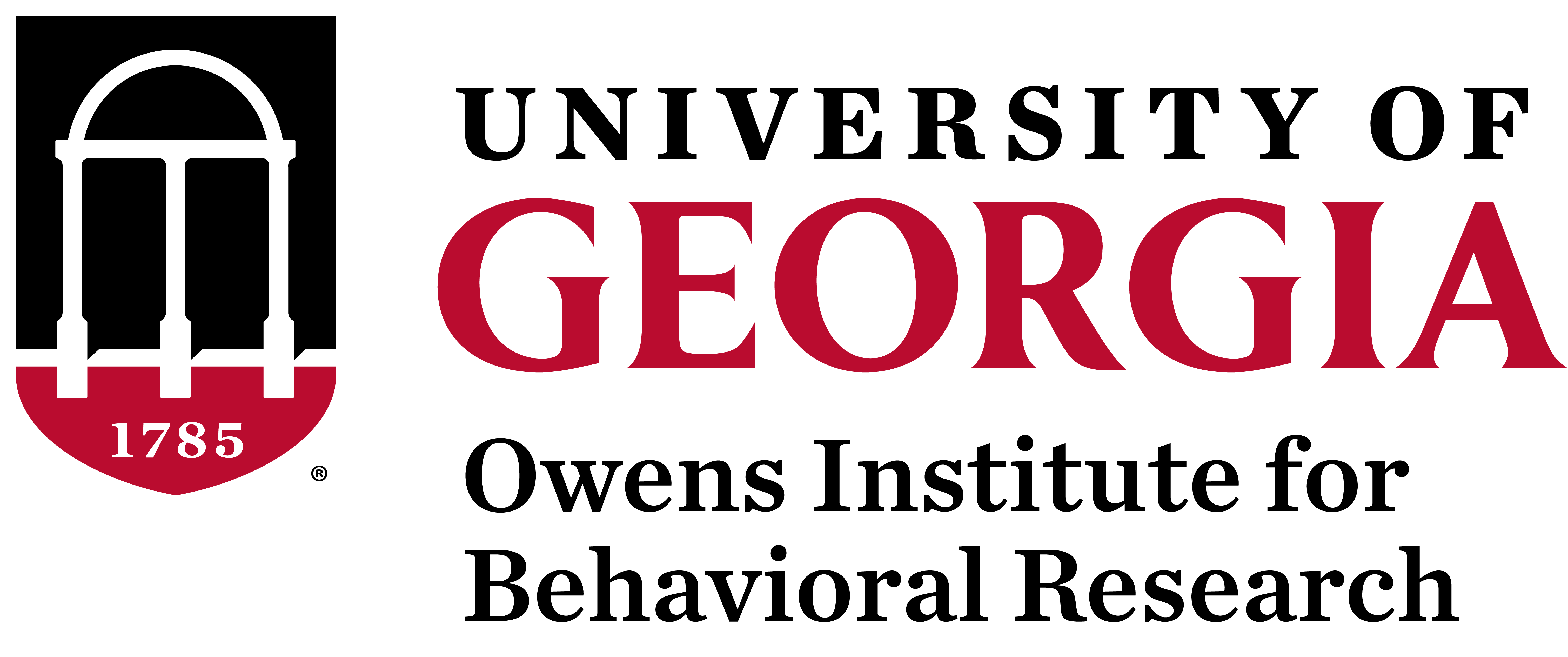Research with Impact: Dr. Mohammad Rifat Haider Tackles Harm Reduction for High-Risk Communities in the Deep South


When it comes to cutting-edge research that addresses urgent public health issues, Dr. Mohammad Rifat Haider is leading the way. An assistant professor in Health Policy and Management at the UGA College of Public Health, Dr. Haider is using technology and compassion to better understand and support marginalized populations—particularly men who engage in chemsex, a practice involving planned substance use to enhance sexual experiences.
Recently awarded an NIH R21 grant through the National Institute on Drug Abuse (NIDA), Dr. Haider’s work centers around Ecological Momentary Assessment (EMA) to track high-risk behaviors and develop real-time harm reduction strategies. The study seeks to illuminate not only how chemsex is practiced—particularly in the Deep South—but also what harm reduction methods are used or neglected by participants.
“This is an underexplored area in U.S. research,” Haider explains. “Much of what we know about chemsex comes from European studies. We’re looking to fill that gap—especially in Southern states, where cultural norms and healthcare access differ significantly.”
The OIBR Grant Development Program: A Launchpad for Success
Dr. Haider credits the OIBR Grant Development Program (GDP) with playing a pivotal role in his success as a researcher. “The GDP completely reshaped how I think about grants,” he says. “It pushed me to elevate my ideas, challenged my assumptions, and ultimately helped me craft a competitive proposal.”
His R21 grant proposal emerged directly from his time in the GDP. The program’s grant pitch session, faculty mentorship, and peer feedback gave him critical insight into how reviewers think. One such moment came when he was advised to rethink a prevalence-focused study design in favor of a more intervention-oriented, harm-reduction model—an insight that proved transformative.
“That was an eye-opener,” Haider recalls. “It showed me that I wasn’t thinking big enough—or strategically enough—for NIH funding.”
Beyond the technical support, Haider emphasizes the mentorship and community the GDP offers.
“I can’t thank the OIBR team enough—Jody, Dawn, Chris, Kim, and Stacie… they were all incredibly helpful throughout the process,” he adds. “It wasn’t just professional guidance; it was a team effort, and it never felt transactional. They genuinely wanted me to succeed.”
Haider’s experience underscores the broader impact of OIBR’s mission: to empower early-career researchers with the tools, support, and confidence needed to win external funding and tackle complex social and behavioral challenges.
A Tech-Driven, Human-Centered Approach
Unlike traditional behavioral studies, Dr. Haider’s research leverages EMA technology, prompting participants to respond to brief mobile surveys twice daily. These real-time updates gather data on chemsex behavior, venues, and any harm reduction techniques employed—such as carrying naloxone, pre-programming emergency contacts, or using condoms or PrEP.
This real-time data collection is the foundation for a future Just-In-Time Adaptive Intervention (JITAI), a mobile app designed to deliver timely support. For instance, if a participant enters a known high-risk setting, GPS data could trigger reminders about harm reduction tools.
“We’re not telling people to stop,” says Haider. “We’re meeting them where they are, providing knowledge and tools so they can make safer choices.”
Strategic Partnerships
This work wouldn’t be possible without the collaborative effort behind it. Dr. Haider co-leads the project with colleague and mentor Dr. Nate Hansen and is supported by collaborators like Dr. Jeremy Gibbs from UGA’s School of Social Work. Their collective experience spans multiple NIH-funded studies and outreach to hard-to-reach communities.
STARR Lab: Building a Research Hub for Risk Reduction
Dr. Haider’s growing research collective—aptly named the STARR Lab (Social Technology and Risk Reduction)—includes faculty, (Drs. Nate Hansen, Tamora Callands, Liyuan Wang, Jeremy Gibbs), doctoral students, and undergraduates working across several NIH-funded projects. The group’s long-term goal is to create a centralized digital platform housing intervention tools, research outputs, and engagement features for participants and partners.
“Technology is integral to everything we do,” Haider explains. “From data collection to intervention delivery, we’re building systems that are responsive, scalable, and rooted in evidence.”
From Resilience to Results
If there’s a theme that runs through Haider’s work, it’s resilience. Whether studying people who inject drugs, individuals experiencing homelessness, or LGBTQ+ youth navigating identity and risk, Haider sees his participants not as problems to be solved, but as experts in survival.
“These folks are already resilient. My job is to channel that resilience toward healthier outcomes,” he says. “We’re not starting from zero—we’re building on what they already know and do.”
A Scholar on the Rise
Dr. Haider’s growing list of accolades includes an OIBR Distinguished Scholar designation and the 2024 OIBR Rising Star Award. His work has been featured at major conferences, including the American Public Health Association, and is rapidly gaining national attention.
“Three years ago, if someone told me I’d have three NIH grants, I would’ve thought it was a cruel joke,” Haider says with a laugh. “But here we are—and it’s because I had the right support system.”
Written by: Andrea Horsman
Sept. 15, 2025
